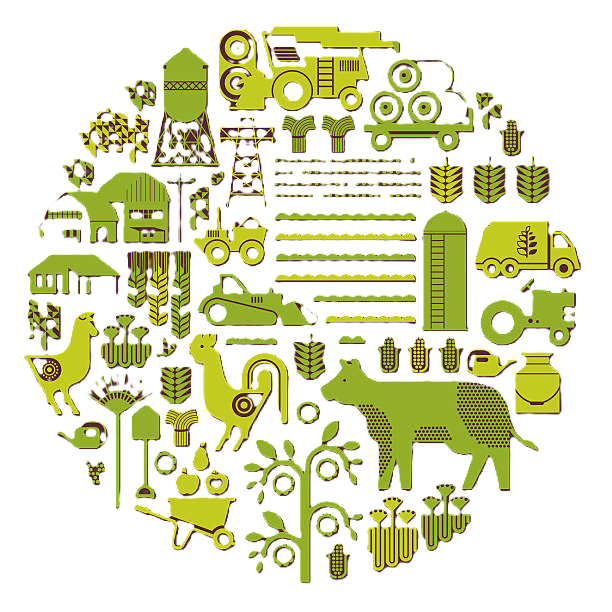
Agriculture
Lorem ipsum dolor sit amet, consectetur adipiscing elit. Ut elit tellus, luctus nec ullamcorper mattis, pulvinar dapibus leo.
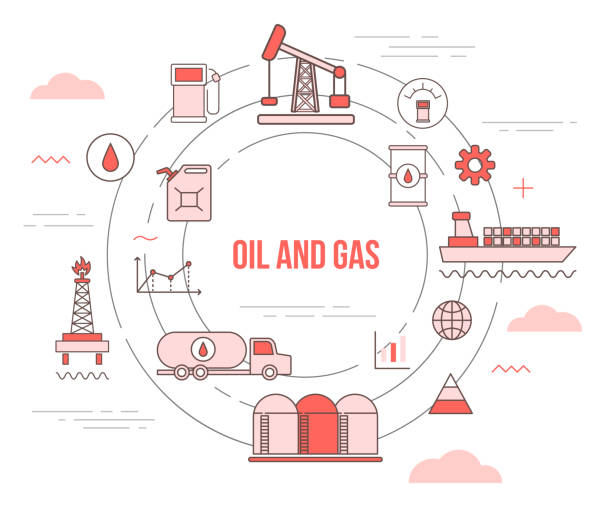
Natural Gas and Oil Systems
Lorem ipsum dolor sit amet, consectetur adipiscing elit. Ut elit tellus, luctus nec ullamcorper mattis, pulvinar dapibus leo.
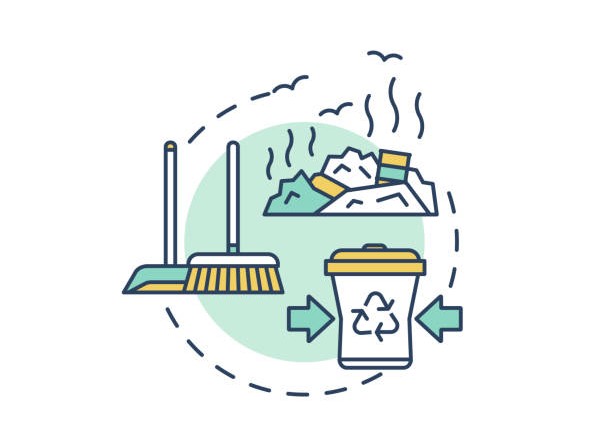
Landfills
Lorem ipsum dolor sit amet, consectetur adipiscing elit. Ut elit tellus, luctus nec ullamcorper mattis, pulvinar dapibus leo.
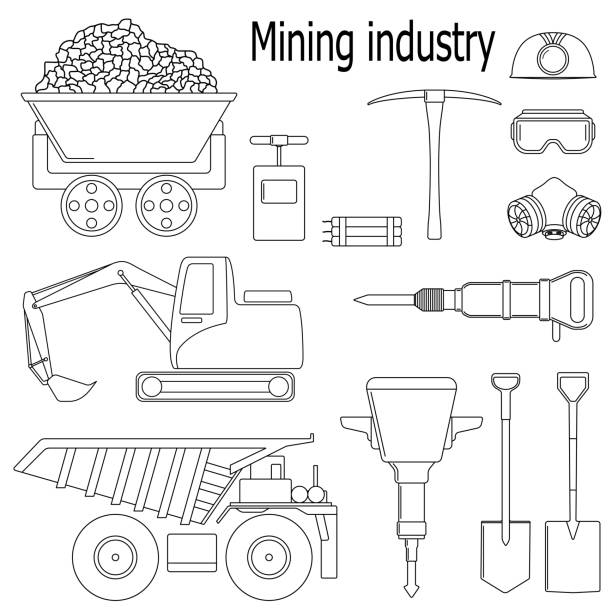
Coal Mining
Lorem ipsum dolor sit amet, consectetur adipiscing elit. Ut elit tellus, luctus nec ullamcorper mattis, pulvinar dapibus leo.
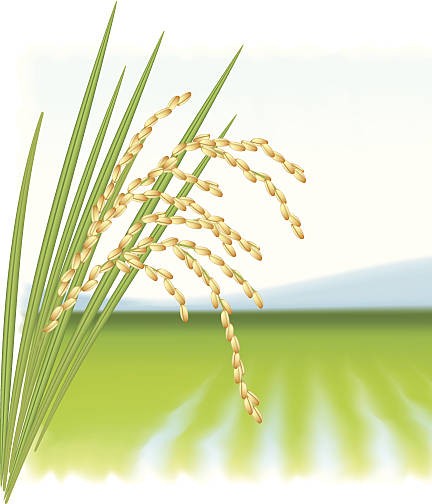
Wetlands and Rice Paddies
Lorem ipsum dolor sit amet, consectetur adipiscing elit. Ut elit tellus, luctus nec ullamcorper mattis, pulvinar dapibus leo.
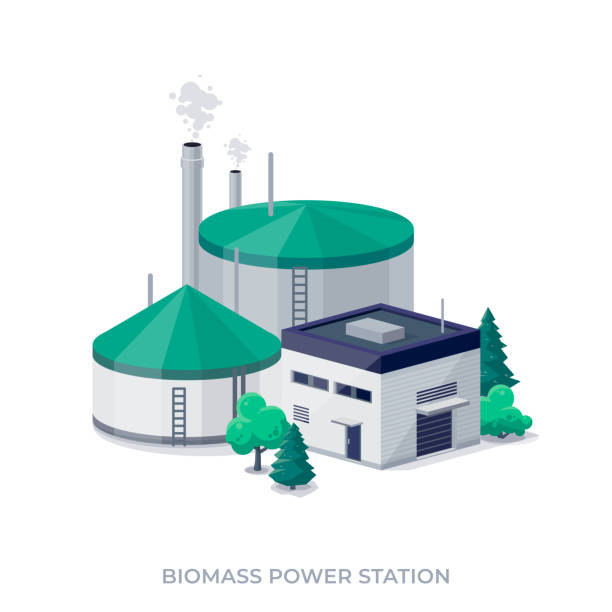
Biomass Burning
Lorem ipsum dolor sit amet, consectetur adipiscing elit. Ut elit tellus, luctus nec ullamcorper mattis, pulvinar dapibus leo.
Mitigation Strategies
To reduce methane emissions, various strategies can be employed, such as:
- Improving livestock feed and manure management practices
- Implementing methane capture and utilization technologies in landfills and natural gas systems
- Enhancing coal mine methane recovery and utilization
- Promoting sustainable rice cultivation practices
- Encouraging the use of renewable energy sources and increasing energy efficiency
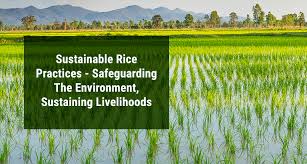
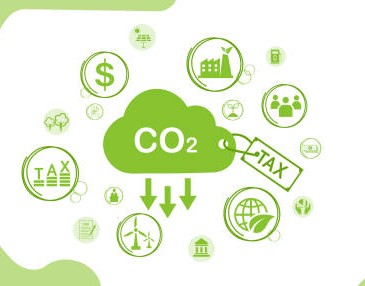
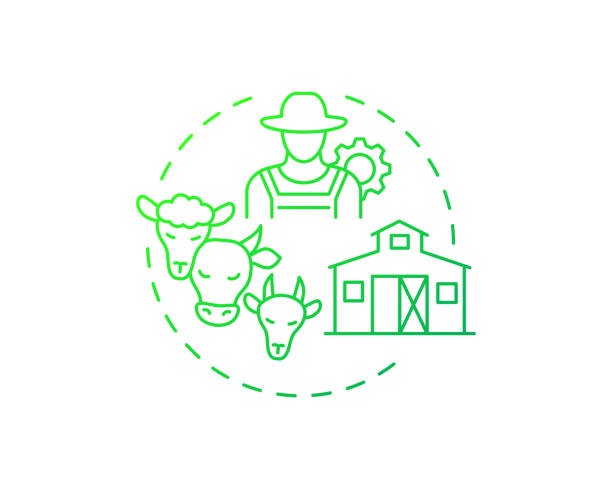

Cows: The Leading Contributor to Methane Emissions in Livestock and Agriculture
Cows, particularly those in dairy and beef production, are a major source of methane emissions, making them the leading contributor to greenhouse gas emissions within livestock and agriculture. Methane (CH₄) is a potent greenhouse gas, with over 25 times the global warming potential of carbon dioxide over a 100-year period. In the context of agriculture, cattle are the primary livestock responsible for methane emissions due to their unique digestive systems and the ways their waste is managed. Below are the key aspects of why cows are the leading contributors to methane emissions in both livestock and agriculture:
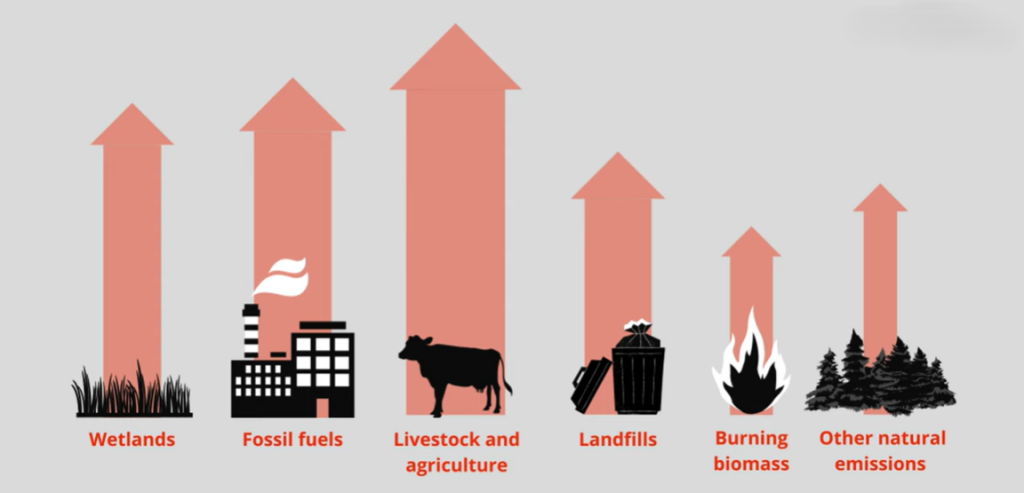
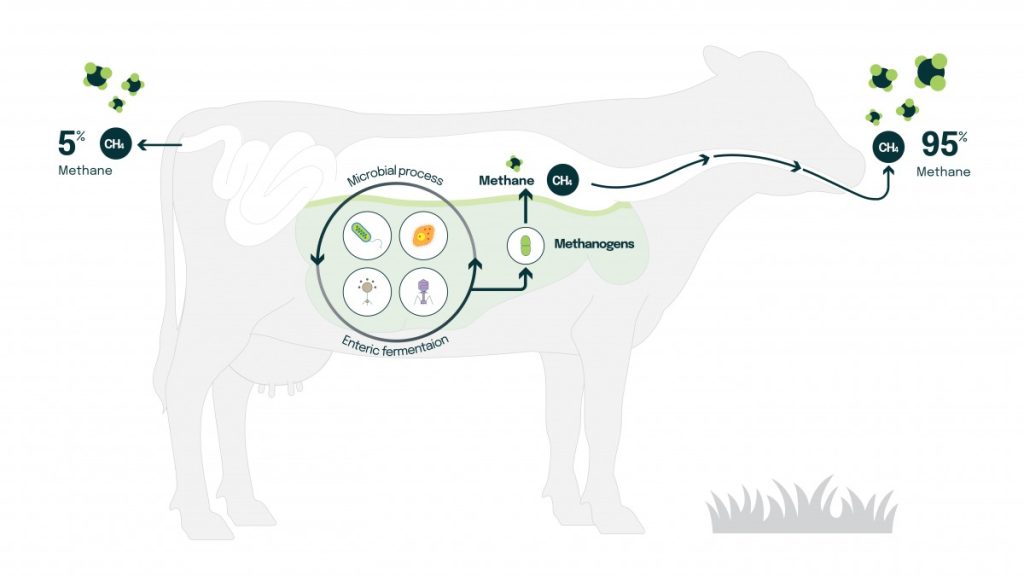
Enteric Fermentation: The Main Source of Methane
Lorem ipsum dolor sit amet, consectetur adipiscing elit. Ut elit tellus, luctus nec ullamcorper mattis, pulvinar dapibus leo.
- Digestive Process: Cows are ruminants, meaning they have a specialized four-chambered stomach that allows them to digest fibrous plant materials such as grass, hay, and silage. In the rumen, the largest stomach chamber, microbes work to break down these complex plant materials through a process called enteric fermentation.
- Methane Production: During fermentation, methane is produced as a byproduct by certain microorganisms (called methanogens) that break down the fibrous components of the feed. This methane is then released primarily through burping, although a small amount may also be released via the cow’s breath.
- Contribution to Emissions: Enteric fermentation is the largest source of methane emissions from cows, contributing roughly 70-90% of total methane emissions from dairy and beef cattle. This makes it the most significant contributor to agricultural methane emissions.
